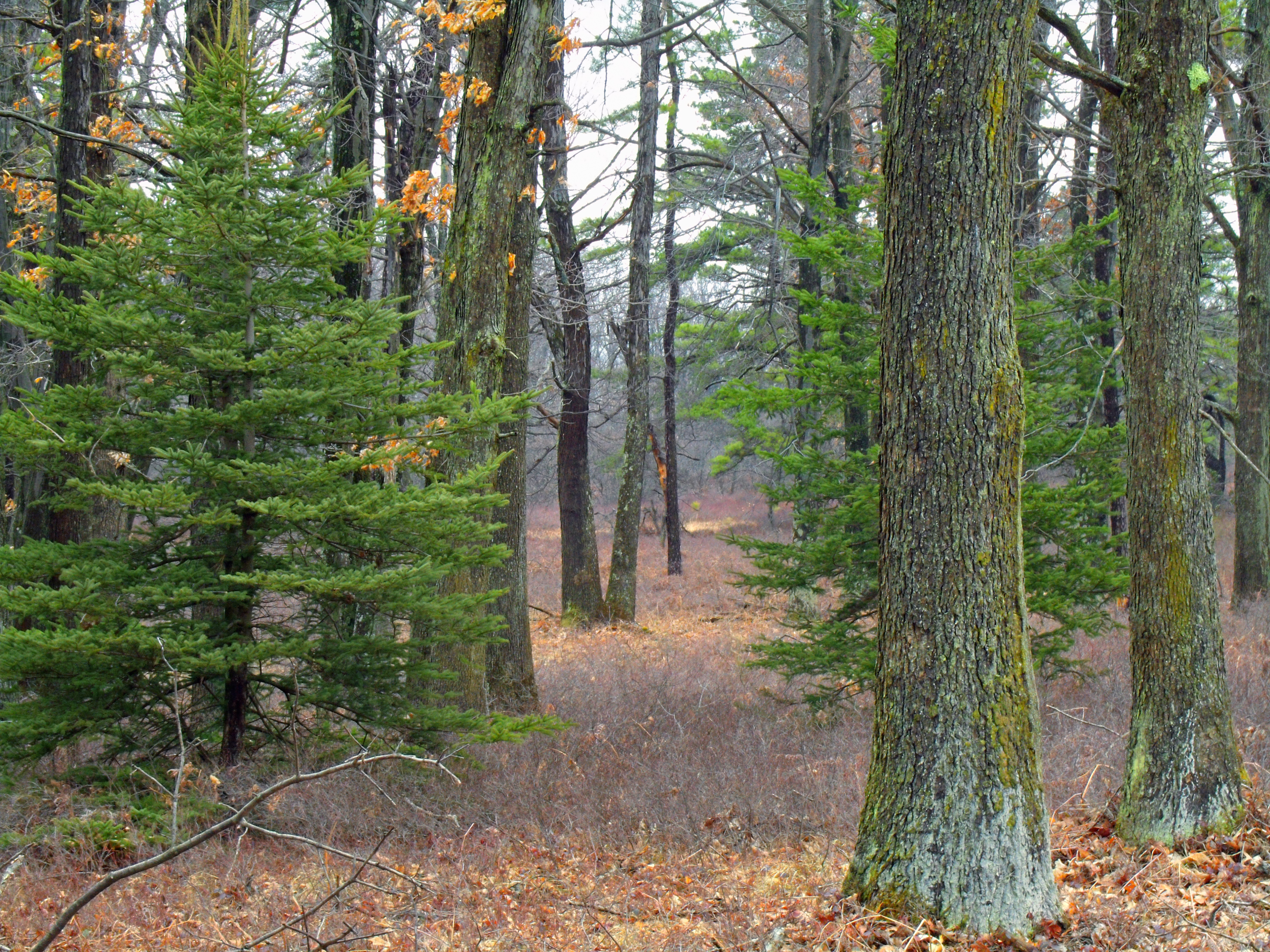How to Identify the 10 most common Genus of Trees
- Introduction to Tree Genus
- Broadleaf Trees Explained
- Coniferous Trees Explained
- Recognizing Fruit Tree Genuses
- Recognizing Ornamental Tree Genuses
- Palm Trees Explained
- Understanding Tree Diseases by Genus
- Impact of Seasonal Changes on Genus Identification
- Deciduous Trees Explained
- Genus Identification: Bark, Leaves, and Fruit
- Tree Age Determination by Genus
- Tree Care by Genus
- Wrap up and recap
Deciduous Trees Explained
Identifying Deciduous Trees

Trees or shrubs that lose their leaves seasonally.
Deciduous trees are a significant part of many landscapes, known for their seasonal leaf change. They shed their leaves annually and are most commonly found in temperate and tropical regions. This article will guide you through the process of identifying common deciduous trees by their leaves, bark, and overall shape and size.
Identifying Deciduous Trees by Their Leaves
The leaves of deciduous trees are often the easiest way to identify the species. Each tree has a unique leaf shape, size, and color. For example, the Maple tree has a distinct leaf shape that is often associated with Canada. The Oak tree, on the other hand, has lobed leaves with rounded or pointed tips.
In addition to the shape, the color of the leaves can also be a helpful identifier. In the fall, deciduous trees are known for their vibrant colors. Maples turn bright red or orange, while Oaks turn brown or russet.
Identifying Deciduous Trees by Their Bark
The bark of a tree can also provide clues to its species. The bark of an Oak tree is rough and deeply furrowed, while the bark of a Birch tree is white and peels off in thin horizontal layers. The bark of a Beech tree is smooth and grey, often resembling an elephant's skin.
Identifying Deciduous Trees by Their Shape and Size
The overall shape and size of a tree can also help in its identification. For instance, the Elm tree has a vase-like shape with branches that spread out wide. The Willow tree, on the other hand, has drooping branches that give it a weeping appearance.
Case Studies: Detailed Study of Common Deciduous Trees
Let's take a closer look at some common deciduous trees:
-
Oak Trees: There are over 600 species of Oak trees. They are known for their strength and longevity. Their leaves are lobed with rounded or pointed tips. The bark is rough and deeply furrowed.
-
Maple Trees: Known for their vibrant fall colors and the distinct shape of their leaves. The bark of a Maple tree varies by species but is generally grey and either smooth or shaggy.
-
Birch Trees: Known for their white bark that peels off in thin layers. The leaves are small and oval or triangular.
By understanding these characteristics, you can start to identify deciduous trees in your local area. Remember, practice makes perfect. The more trees you try to identify, the better you'll get at it. Happy tree spotting!